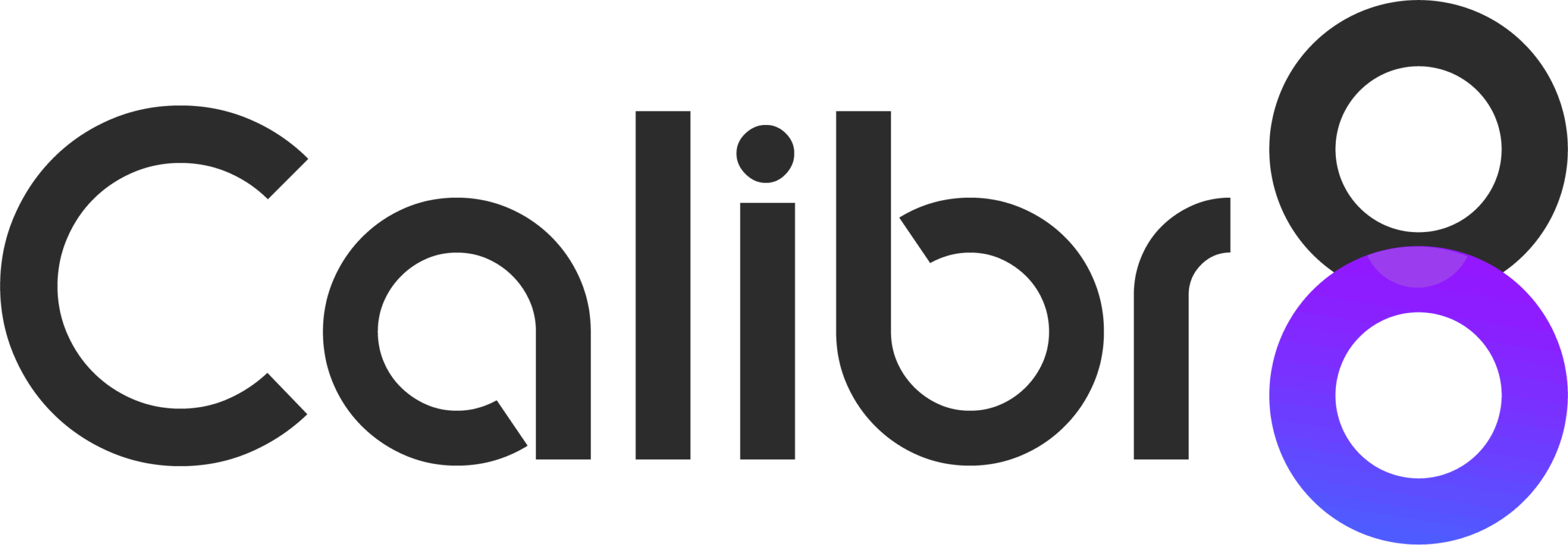It might sound obvious, but your sample is the most important part of your market research project.
Too often, it seems like the survey participants’ experiences and opinions of market research are somewhat overlooked. However, our industry relies heavily on individuals giving up their own time and effort to respond to long questionnaires. If they don’t enjoy the experience or gain any benefit, then why should they bother participating?
Businesses rely on customer data to guide their decision making and provide a sense of direction when making a change in terms of a product enhancement, service overview, or even a new product range. Therefore, reduced response rates ultimately mean less insight or fewer data-driven outcomes.
How can you help your participants enjoy the experience of giving you feedback? In this post, we outline the top four practical tips for boosting sampling response rates.
1. Treat people the way you would want to be treated
It is important to ensure your research invitations and reminders clearly outline what you are asking. This may include information on why you are conducting the research, incentives on offer (e.g. gift cards), and an explanation why their feedback will be so valuable.
You should try to personalize communication to an individual as far as possible with the resources you have available. For example, most email marketing tools allow you to directly customize how you address emails to individuals rather than impersonal form letters.
Far too often, researchers leave participant communication to the bottom of their list of priorities. I think this is totally wrong. Ask yourself whether you would complete a particular survey if you yourself received the email you’re about to send.
2. Go mobile
So many people in the industry mention the use of mobile surveys that it must get boring to always read about it! Still, the reason we all say it so much is because we still continually find surveys that have not been mobile-optimized and are not responsive to being answered on a phone or tablet. It can be challenging to get participants to complete a survey while they are watching TV, and an even bigger task to convince them to answer your questions when they are hard to read on a cellphone screen.
We know a high proportion of individuals are “second-screen watchers,” which means they may be watching TV while also texting on their phone. By making a survey mobile-optimized, you increase the likelihood of someone completing it as a second-screen experience instead of never bothering to take part.
3. Never be boring
Can you remember the last time you wanted to complete a survey that consisted of 40 questions? I can’t… and I am sure your participants feel the same way.
Neither researcher nor participant benefits from excessively lengthy and tedious questioning in either qual or quant research. When survey participants are bored, they are more likely to flip through the survey questions, rush and give false answers just to complete it. Having a seemingly endless list of questions also increases the likelihood of dropouts throughout the survey, negatively affecting your representative sample.
You should be developing short and lean surveys that take participants less than five minutes to complete. This can give you the essential information you require while also increasing the likelihood of a large sample size because of the short length.
4. Don’t sit on your feedback
After completing a quantitative survey that has a sample size of 1,000+, the worst thing you could do is just ignore all that feedback and not act on any of the new intelligence.
Participants want to feel valued—not just from a gift or reward point of view, but also emotionally. They want to know whether or not their feedback has truly helped, and they really want to see what you, as a brand, will do with the insight and opinions they shared. Offering participants feedback allows them to see the true value of completing a survey or a piece of research for you. It means they will be far more likely to take five or 10 minutes of their own time to complete something for you again.
Conclusion: Boosting Sampling Response Rates
By making surveys short, sharp and to the point, you give participants less work to do and your business still gains valuable data and information. The four tips outlined in this article are only a handful of ways to boost sampling response rates. However, implementing even one of these suggestions will help improve the research experience for your participants. Happy and rewarded participants mean quality data outcomes for you that can lead to data-driven decision making.
FAQs
To personalize survey invitations and communications effectively, businesses can go beyond just customizing the address by tailoring the content of the message to the recipient’s past interactions or preferences. For instance, referencing previous feedback they have provided, highlighting how their input has influenced past decisions, or mentioning specific products or services they have used can make the communication more relevant and engaging. Additionally, segmenting the audience and crafting different messages for different segments can help ensure that the communication feels more personalized and targeted.
Examples and case studies that demonstrate the impact of mobile-optimized surveys on response rates and data quality often show significant improvements. Businesses that have implemented mobile-friendly surveys typically report higher completion rates, as participants are more likely to engage with surveys that are easy to access and navigate on their mobile devices. These studies also often reveal that mobile optimization reduces dropout rates and increases the quality of data collected, as participants can complete the survey in a convenient manner without technical difficulties or frustration. Companies that have shared these success stories often highlight the importance of responsive design and user-friendly interfaces in their mobile survey strategies.
To effectively communicate the actions taken based on survey feedback to participants, businesses can follow up with respondents through personalized thank-you emails or newsletters that summarize the insights gained from the survey and outline specific actions taken as a result. Sharing success stories or improvements made due to participant feedback can demonstrate the tangible impact of their input. Additionally, businesses can create dedicated web pages or blog posts that highlight how customer feedback has driven changes and innovations within the company. Regularly updating participants on ongoing developments and acknowledging their contributions can foster a sense of value and encourage future participation in surveys
Sample Made Simple.
Increase cost efficiency, feasibility and quality between project and vendor, all on one platform with Zamplia. Take a tour or book a demo with us today.


